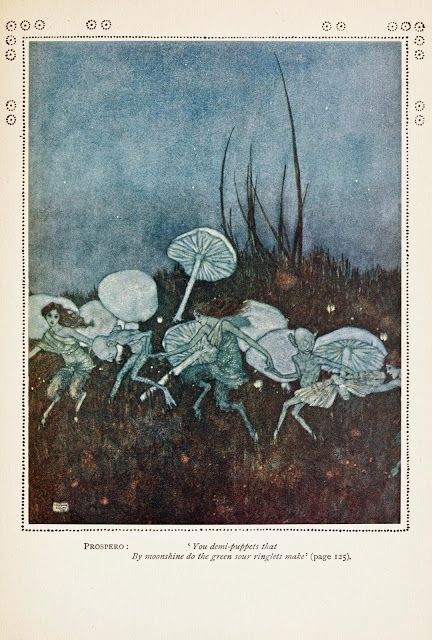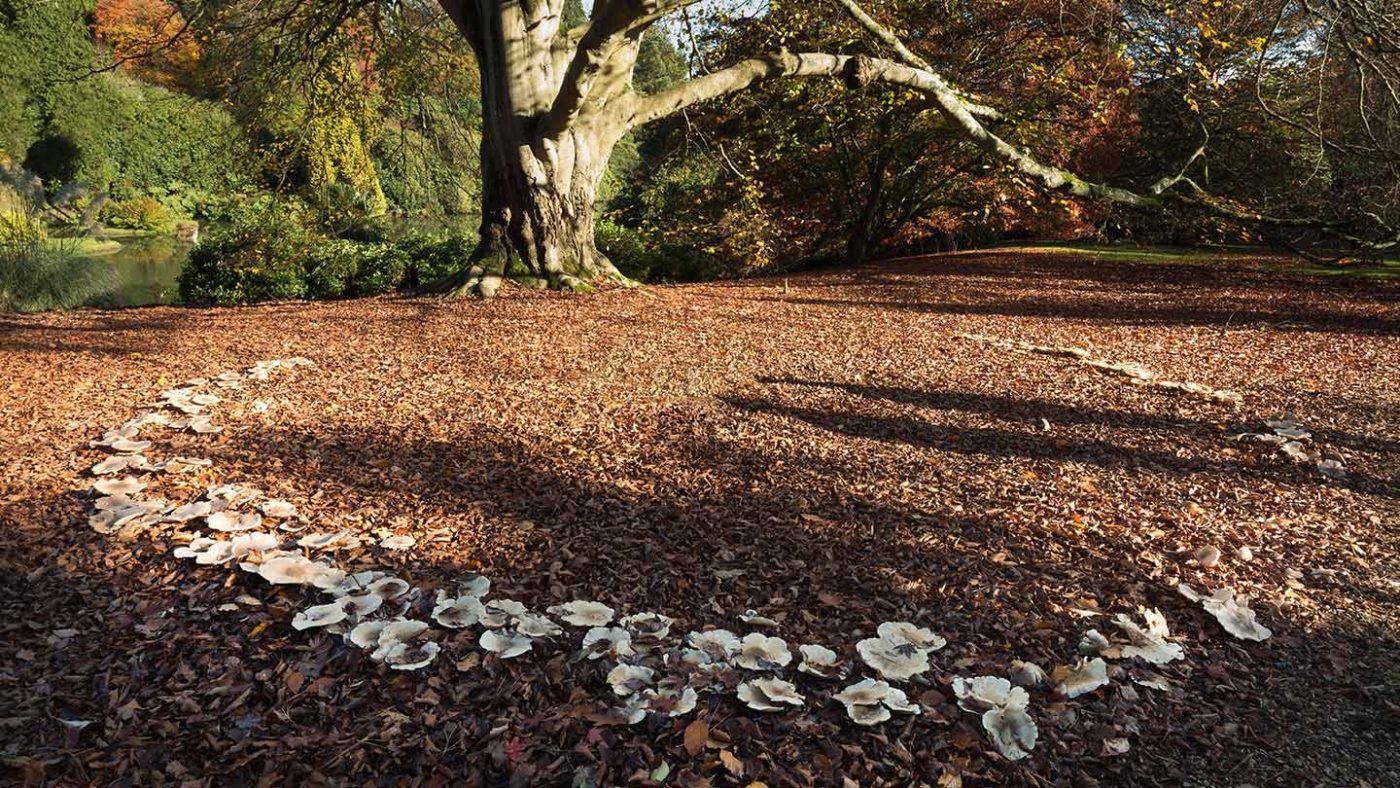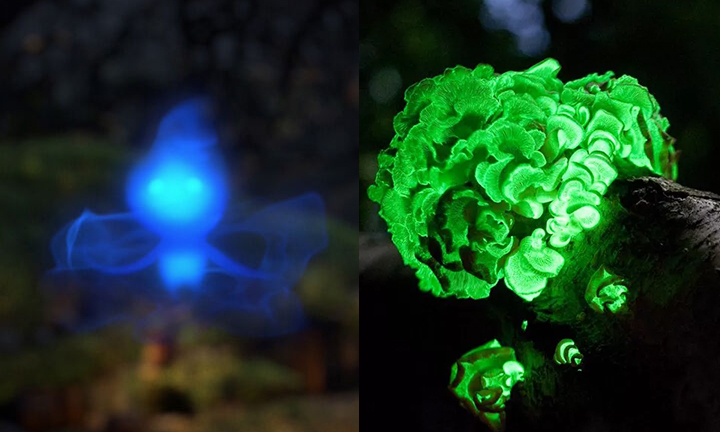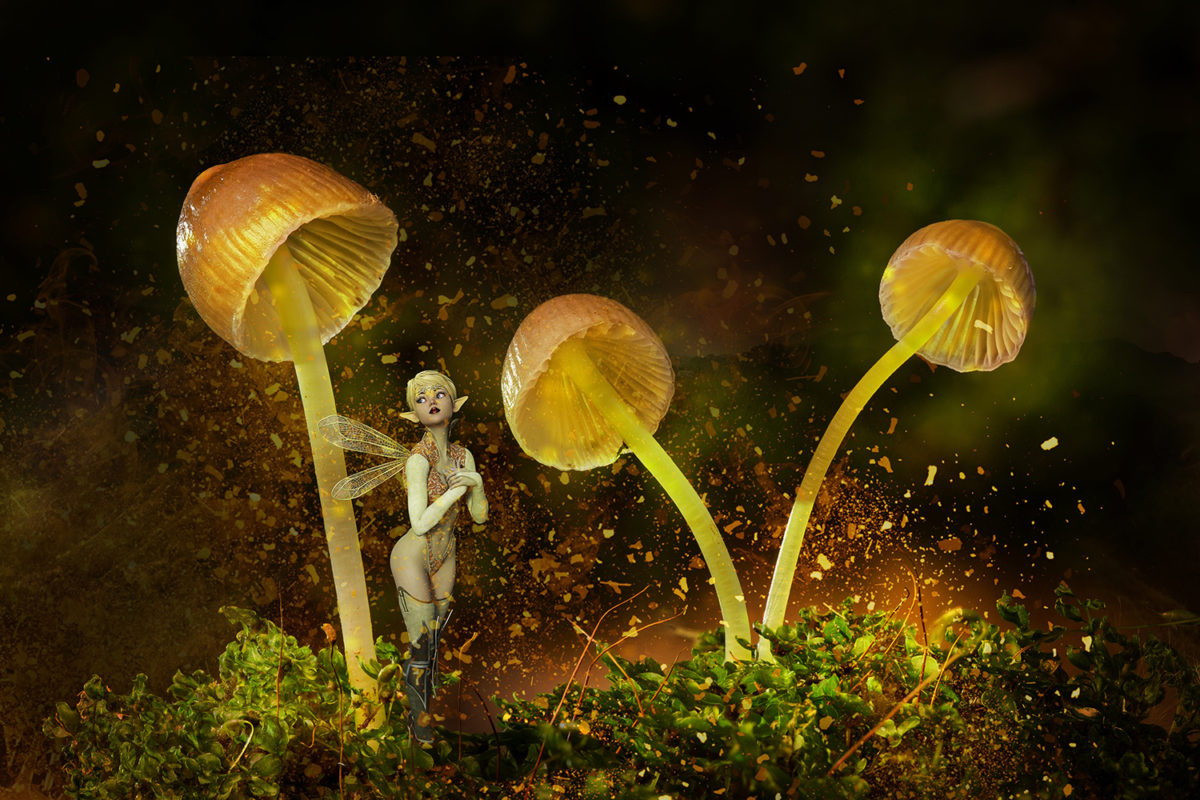For those of us in the know, the world of mushrooms is a fun and fascinating place. This, however, was not always so. Superstition and mystery has always surrounded the subject of fungi. Today, let’s look at some fun fungal folklore of days gone by…
Shakespeare

In 1611 Shakespeare wrote of the unnerving way of the mushroom in The Tempest. Prospero blames elves for making “midnight mushrooms,” referring to how they will not be there at dusk but at dawn are present, in full fruit. We of course know that mushrooms don’t grow at incredible speeds or with the help of magical creatures. Rather, fungi develop underground, creating their webs of mycelium, in anticipation of the right conditions. Then, when ready, they swell with water, burst forth into the air and release their spores for further propagation.
A penchant for shyness
The fact that mushrooms disappear as quickly as they appear has led to centuries of believe that mushrooms were a shy species. Well into the 19th century, many believed that a mushroom, spotted by the eye, it would hide itself in shame, never to reemerge.
Gateway to the land of Fairies
Have you ever stumbled upon a Fairy Ring? A circle of mushrooms, or even concentric circles of fruiting fungi in the woods or a meadow, just after the rain? Modern scientists know that these rings are caused by mycelia under the ground growing in a circular pattern. For centuries, however, folklore told of these rings, as they were believed to have magical powers. Legend has it that they be the doorways to the fairy kingdom, or even the gateways to hell.

Some of these rings can grow to be 30 feet or more in size and have been known to last for centuries. A ring in France is cited at over a half mile wide and over 700-years old! Logically, we know that these form as the mycillium branches out in a circular pattern from the original source. Why do certain types of mushrooms do this, while others do not? Maybe that is the work of the fairies after all…
Will o’ the Wisp

When it comes to fungal folklore, the Will o’ the Wisps may be one of the most famous. Have you ever heard the legend of the Will o’ the Wisps? Mysterious glowing lights that trick you in the night? Despite being more often seen by sailors in the night, bioluminescent fungi could be another source of the myth. First recorded as far back as Aristotle, eerie glowing in the wood has haunted travelers for centuries. In 382BC, Aristotle recorded the light emitted from the honey fungus armillaria as foxfire. The light from the honey fungi can be bright enough to be seen on moonless nights and could be responsible for steering nighttime travelers into dangerous territory, giving precedent to the Will o’ the Wisp’s trickster nature.
Get Growing
Think you are ready to dive deeper into the magical world of mushrooms? Hop on over to our shop to get started.
Have questions? No problem! Contact one of our knowledgeable representatives now.

